We’re blessed in Australia not only to have some of the best wine in the world locally, but look around and you’ll usually be able to find an excellent selection of some of your favourite South African wines as well.
Two of them are Rustenberg Wines and Remhoogte Wine Estate, whose wine ranges are imported to Australia by Vintage Fine Wine Distributors.
Now I was very familiar with Rustenberg, as I am sure most of you are as well, as I lived in the Cape for 5 years immediately before moving to the UK when I finished my university degree. But Remhoogte was a new estate to me, and one I was very excited to discover.
Rustenberg Wines
The History of Rustenberg Wines
Founded in 1682 in the Simonsberg Mountain valley, Rustenberg Wines is renowned for their centuries’ long history, breathtaking location in Stellenbosch, and their extensive portfolio of wine. As a testament to their history, their current wine cellar has been used to bottle wine annually since 1892.
Established by a German immigrant in 1682, it was initially named Rustenburg, after his home in Germany, but the spelling was later altered to Rustenberg.
They’re one of the top South African producers of traditional cabernet sauvignon varietals, and yet are just as groundbreaking when it comes to new ideas and varietals, such as their Grenache Blanc, first planted in the early 2000’s.
The current owners are the Barlow Family – Peter and Pamela Barlow acquired the vineyard in 1941, with son Simon and wife Rozanna taking over the running of the winery in 1987. It has been family owned and run ever since, with their son Murray Barlow being the 3rd generation in his family to run the estate. He returned to Rustenberg in 2012 after completing his Masters in Oenology from The University of Adelaide in Australia.
In 2004 the farm site was declared a Grade 1 National Heritage Site.
The Wines of Rustenberg Wines
Rustenberg Wines one of the top South African producers of traditional cabernet sauvignon varietals, and yet are just as groundbreaking when it comes to new ideas and varietals, such as their Grenache Blanc, first planted in the early 2000’s.
They make almost 20 different wines, split into three distinct ranges.
First is the Site Specific range – this includes the highly collected Five Soldiers (chardonnay) and Peter Barlow (cabernet sauvignon).
Next there is the Flagship range – they are the Stellenbosch John X Merriman Bordeaux blend and the barrel fermented and matured Stellenbosch Chardonnay. They are an expression of the Estate and Stellenbosch’s finest vineyards blending various vineyard sites to create wines that are greater than the sum of their parts.
Last but not least, is the Regional range – comprises of a range of wines that typify the regions within which they are produced or blended from. Many of these wines, especially the white wines, are approachable for early drinking enjoyment, but certain of the wines can age beautifully with careful cellaring. These include their Malbec, Merlot, Wild Ferment Unwooded Chardonnay and one of my personal favourites – the Rustenberg Chenin Blanc.
Q&A with Murry Barlow of Rustenberg Wines
Did you work in Australia during/after your studies, and if so, where? How long where you
in Australia for?
I studied in Australia from the middle of 2010 until the end of 2011 reading my Masters in Oenology at the University of Adelaide. I worked on my weekends at Bird in Hand in the Adelaide Hills in their cellar door.
I did not complete a vintage in Australia after my studies although we made wine in the university cellars, I was due to work at Craggy Range in New Zealand in 2012 but upon returning home I realised my energies needed to be focused on Rustenberg.
The wine industry is a very open and sharing culture, so I don’t feel I have been disadvantaged by not working multiple vintages in other cellars. A large amount of information is openly shared between winemakers without the need to drag pipes around a cellar for a vintage.
Having a diverse team in the cellar working with me that have trained and worked all around the world gives me a depth of talent I am grateful to call upon. While winemaking consultant, Australian Kym Milne MW, ensures we are constantly benchmarking with the best.
Why do you think Rustenberg has become one of the most recognised brands of South African wines outside of South Africa?
While the estate has a winemaking history dating back to 1692 and we have uninterrupted bottling records going back to the late 1800s we have only started in earnest to have a major focus on exporting our wines since the late 1980s.
When sanctions on South Africa ended the world rediscovered South African wines and we were at the forefront of this.
We don’t spend our marketing budgets on advertising; preferring air tickets hotel rooms and hire cars. Wine lovers want to hear our stories and share our wines with the people that make them and that has probably been a big part of our success.
What are some of the challenges of managing such a large property and having not only vineyards to tend to but also beehives, herds of cattle, historic buildings, gardens, and hectares of conservation land?
Running a property such as Rustenberg is a team effort. I blessed with a great team, plain and simple.
I know that if I am going home worrying about a problem, my whole team is too and when we meet again the next day, we are putting our heads back together to box as clever as possible.
Most of our concerns are weather related during the vine growing and grape harvesting seasons, calling on long term weather forecasts and experience dealing with all different types of scenarios is key in keeping your nerve and making the correct decisions at the right times.
How does the landscape and terroir of the estate influence the styles of wine that you produce?
Rustenberg is an incredible property to farm, the slopes of the Simonsberg have many advantages for growing top quality grapes.
First off, we have altitude that we can use to our benefit, the property has vineyard sites ranging from 200m to 550m above sea level allowing us to use the cool, higher reaches for cooler climate grapes such as Sauvignon Blanc and the warmer low-lying sites for reds.
Then we have the influence of the ocean, with our vineyards having a direct line of site with the ocean the influence of cooling sea breezes during the day and great air drainage at night ensure that we don’t have any frost and the vineyards keep cool even on the hottest of summer days. The proximity to the ocean also precludes us from having issues with hail damage.
The cooler temperatures due to altitude and ocean influence mean that our grapes have a longer ripening period allowing optimal flavour and tannin development with naturally higher natural acids.
Rustenberg’s soil is another key influence of our wine styles, all of our vineyards are planted on soils made up of decomposed granite. They are well drained, rich red soils, full of iron and trace elements. The impact is that our wines tend to be richer and fuller bodied when compared to fruit from sites grown on less mineral and organic matter rich soils.
Other than your own ranges, what are your favourite wines that you’ve had over the years?
I recently had the privilege of drinking a wine my grandfather, Peter, had purchased but never enjoyed (he passed away in 1975) A bottle of 1955 Chateau d’Yquem that had been in the cellar of the Rustenberg manor house all this time. It was my father’s 68th birthday and the wine was one year older than he is, so I thought it would be a great time to open the bottle. It was a life changing experience, truly a great wine and despite its age had another few decades in the tank!
Out of Australia I have a soft spot for Grenache out of the Barossa and McLaren Vale, Coonawarra Shiraz (which I feel is under rated and often overshadowed by Cab) and Chardonnay in general be it from WA, the Adelaide Hills or Tasmania. Australian was responsible for cultivating my love of fortified wines so these are also high on my shopping list.
From Europe, I love Bordeaux, the reds, whites and sweet wines. Red wines from the Veneto in Italy and Tawny Port from Portugal.
Remhoogte Wine Estate
The History of Remhoogte Wine Estate
Remhoogte Wine Estate is a family-run winery based in the foothills of the stunning Simonsberg mountain in Stellenbosch. The Boustred family of Murray and Juliet, plus their sons Chris and Rob, have proudly owned and run the estate since 1994, although the title deeds of the property has roots all the way back to 1812.
The name Remhoogte translates from Dutch as ‘Brake Heights’, and the property spans a vast 55 hectares. A third of the estate has been purposefully populated with indigenous flora and fauna of the Western Cape as part of their unwavering commitment to conservation and sustainability.
The first varietal of grape to be grown at Remhoogte was merlot, but they now have a reputation for their unique style of Chenin Blanc. Head winemaker Chris studied viniculture and oenology at the University of Stellenbosch and then spent some time working overseas gathering knowledge and experience in France, the USA and right here in Margaret River too.
Their ethos centres around minimal intervention to allow the fruits to reach their potential as naturally as possible. Chris has shared that the goal is to ‘facilitate the production’, rather than manufacture wine, allowing each bottle to unlock the experience of a specific time and place.
The Wines of Remhoogte Wine Estate
Remhoogte, like Rustenberg, has 3 ranges of wine – including their Reserve Range of small batch wines, a Premium Range inspired by their early wines from the 1990s and their Free To Be Range where they push the boundaries of their minimal intervention philosophy to the extreme.
Two of their Premium range that you can pick up in Australia are the Cape Chronicle Blend and the Vantage Pinotage.
The Cape Chronicle Blend comprises grapes from each of their 17 red vineyards across the estate. The soils, aspects and terroir vary between all the blocks so by combining them they produce a blend that gives the best overview of each vintage for the estate, chronicling each vintage perfectly. The Syrah component undergoes carbonic maceration and maturation in cement tanks with each of the other components being matured in barrel for one year before blending and maturation for another year in in the same barrels with 24 months maturation in total for this particular wine.
I love a good Pinotage and while they are becoming slightly more common in Australia than they used to be, I still get excited when I find a new South African Pinotage on the shelves here. The Vantage Pinotage from Remhoogte is produced from one of the coolest sites on the property – a 2-hectare block of bush vines high on a ridge, giving a beautiful ‘vantage’ point over the town and mountains of Stellenbosch. Maturation takes place in 225-litre French oak barriques for 18 months. 30% new oak is used with the remainder made up of second and third fill barriques. The wine is then racked to a large concrete tank where it is allowed to mellow for 6 months before being bottled.
Q&A with Chris Boustred of Remhoogte Wine Estate
Where in Margaret River did you work and how long were you in Australia for?
I worked at a farm called watershed which was just south of the town of Margaret River off Bussell highway. This was way back in 2005 and the property has subsequently been purchased by Vasse Felix.
It was my first international harvest after studying so was really great. Such a special part of the world down there. Very similar feel to the cape. Great waves (I love surfing) and great wines.
After Australia I went to work in France and then on to California before coming back to Remhoogte full time in 2008.
What led you to your philosophy of minimal intervention and how was that initially perceived in the industry? This seems to be more widely used these days but was probably groundbreaking in the 90s/2000s?
The minimal intervention philosophy came about while working and travelling. I just found that all the best wines I tasted were the wines that you had to do nothing to when making them. They almost make themselves.
If you plant the right varieties in the right places and really focus on the vineyards, 90% of the job is done by the time you pick the grapes. It’s a bit of a cliche but wine is really made in the vineyards.
What are some of the challenges of this minimal intervention philosophy?
The challenge with this way of working is that there is a risk throughout the process that you may lose a portion of your crop or a batch of wine in making.
It has happened to me and is never nice but we are small and very hands on so we are able to limit these losses.
I just like the idea of working with nature instead of trying to work against or control it.
This is also why we are moving over to regenerative farming now as well. First herd of cattle have arrived and chickens for our chicken mobiles are on their way. And all will be working their way through the vineyards.
Do you see more vineyards adopting this approach as we move into a world where sustainability is so important not only to businesses but consumers as well?
I do see more vineyards adopting this approach. The benefits just far outweigh the risks. It is a philosophy and something you have to believe in to do.
I think as more youngsters move into the industry the focus on sustainability will keep increasing.
Other than your own ranges, what are your favourite wines that you’ve had over the years?
Favourite wines is a tough one! There have been a lot. It’s generally the one I’m busy drinking!
Thank you to Vintage Fine Wine Distributors for getting me involved in spreading the word about these incredible South African wines and their availability in Australia.
You can find these wines at a wide range of stockists across WA including Copper & Oak, Mane Liquor, Liquor Barons Nedlands, Besk and The Bottle-O in Yanchep.
A big thank you to Chris and Murray as well for answering my questions and sharing your love and knowledge of South African wine with everyone down under!
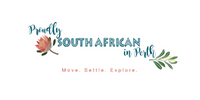
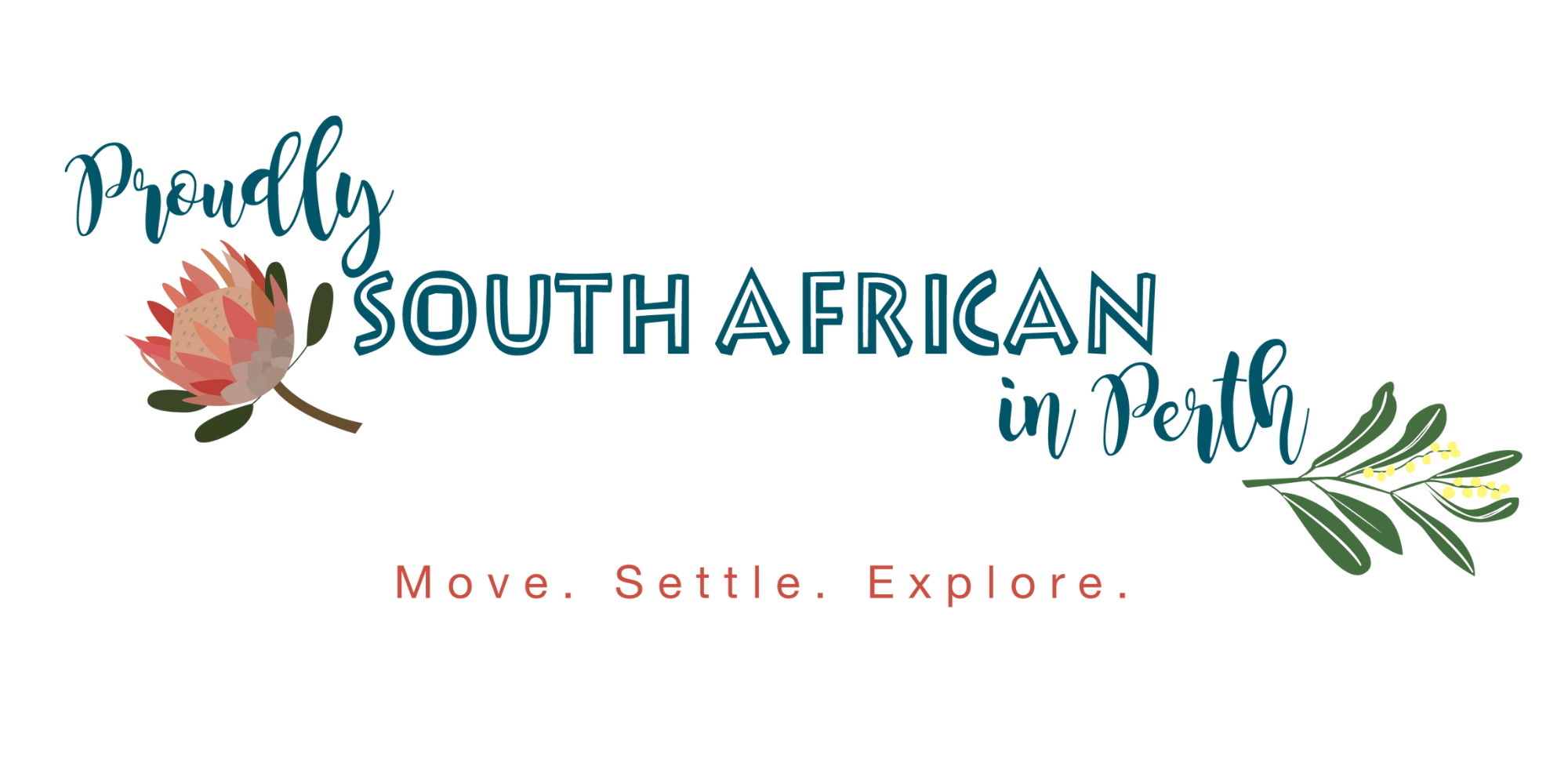
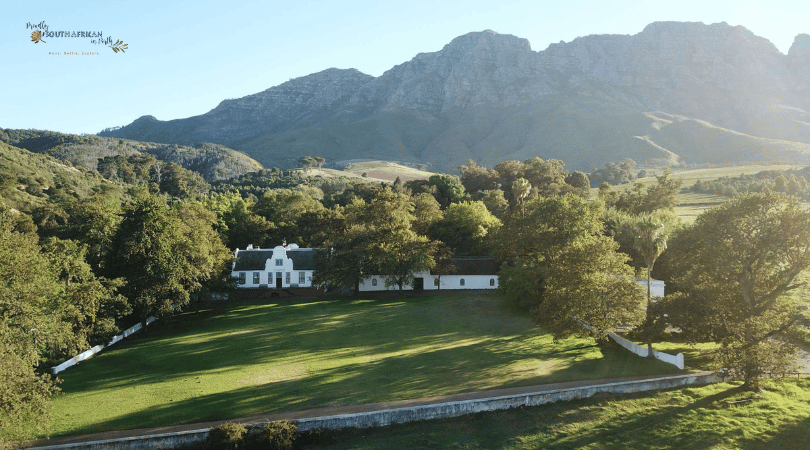
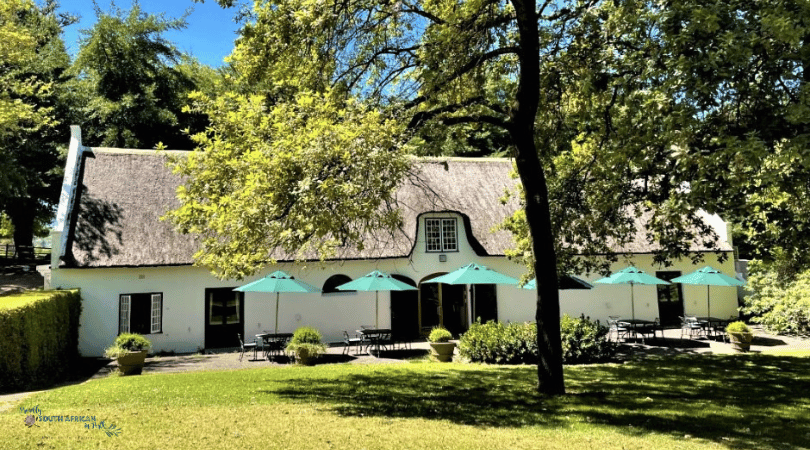

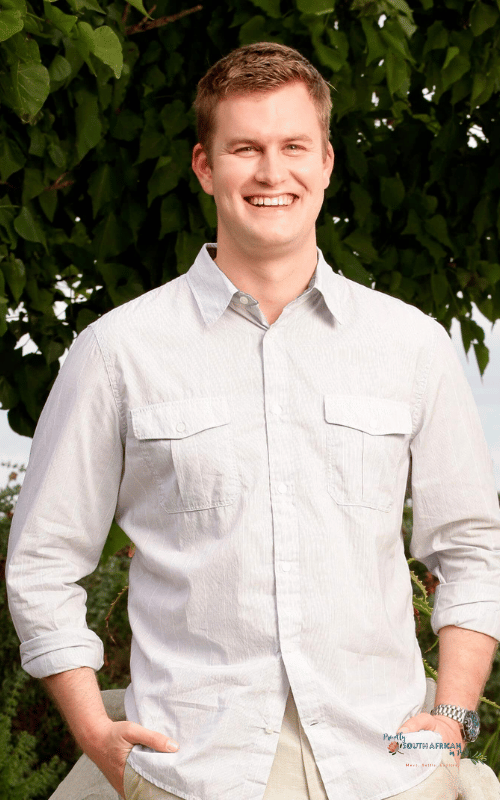
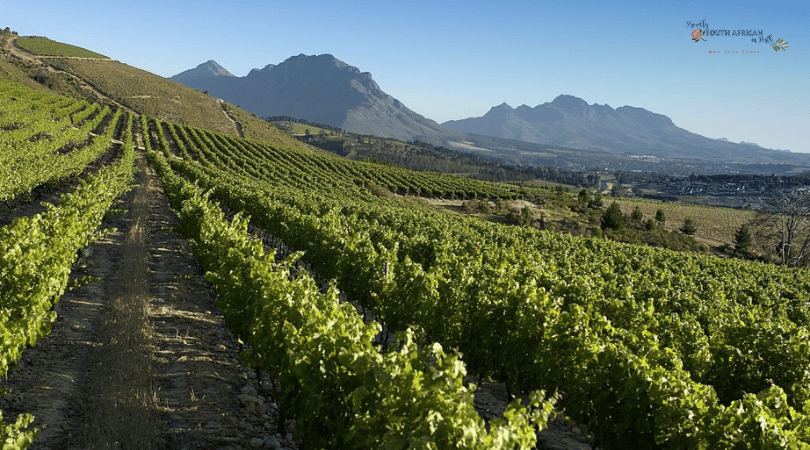
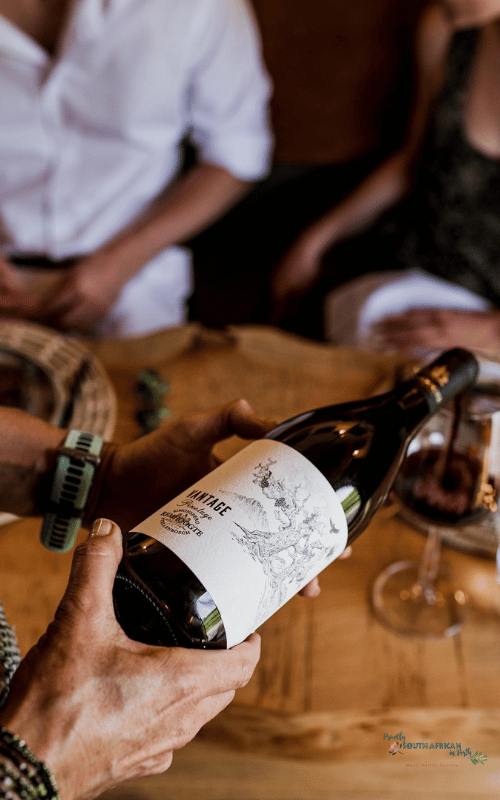
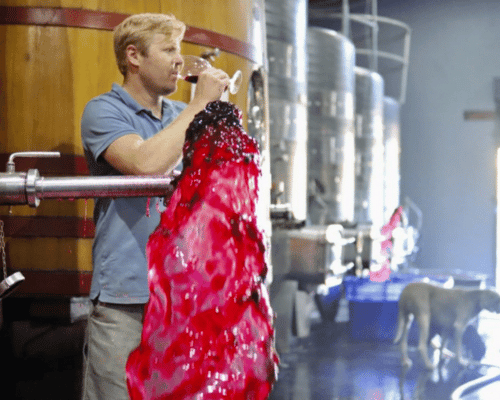
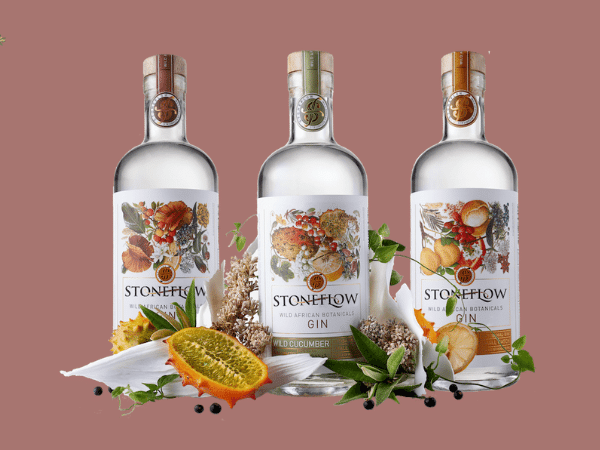
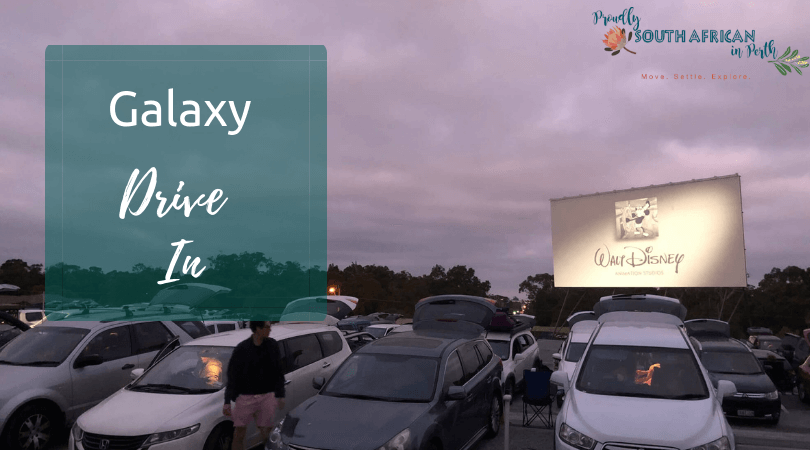
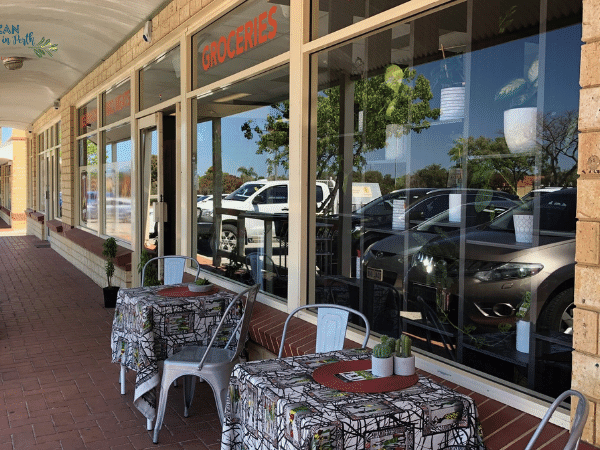
No Comments